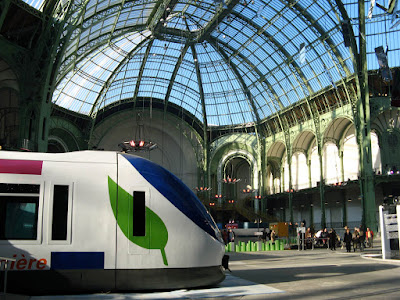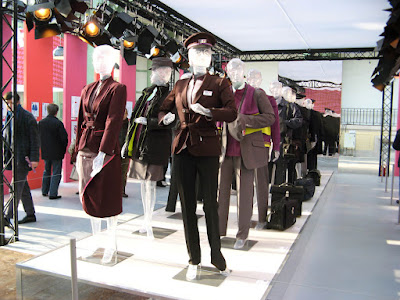
Guillaume Apollinaire, wearing his popular culture hat, had this to say about Cappiello in October 1912. "Leonetto Cappiello has transformed the art of the advertising poster. He has peopled our streets with tiny, multi-coloured industrial genies who nimbly proclaim to passers-by the merits of products whose artistic aspects were unearthed by his talent." In 1912, Cappiello was at the height of his powers and had more than 25 years of creative life ahead of him. Jack Rennert’s massive and compendious book (The Posters of Leonetto Cappiello, 2004) illustrates 28 examples of Cappiello’s posters from 1912, among them some of his most iconic images – the Elephant that smokes only le Nil (cigarette papers) and the reclining sultan smoking JOB (cigarette papers again). It seems fitting that Cappiello should be saluted by Apollinaire, the champion of Cubism as Cappiello’s work forms a bridge between the lavish fin-de-siècle decoration of the era of Les Maîtres de l’Affiche and the altogether more robust and pared down post-Cubist imagery of Cassandre and Loupot.

The formula is simple – individual members of a cast composed of exotic birds and animals, paragons of female beauty, creatures of mythology, monks, devils, orientals and men about town plus stock theatrical characters from La Belle Époque respond with unrestrained enthusiasm to the formidable qualities of the product against uncluttered but richly coloured backgrounds. There is more than a little repetition but it’s easily forgiven, not least because Capiello had an unerring ability to incorporate a novel twist in terms of costume, character or expression. A powerful and dynamic sense of visual movement is conveyed by the restless, gravity defying animation of the figures themselves, by the linear qualities in the brushwork employed to define form and mass and on occasion, by the explosive orbital trajectories of the products themselves which take on a life of their own as they spiral out through the composition. The colour combinations range from stark contrasts to subtle harmonies while the compositions vary between kinetic complexity (Gancia Vermouth) and utter simplicity (the Bouillon Kub). Everything is conceived in terms of how best to arrest the attention of the mobile and preoccupied urban populace.

Cappiello’s studio accommodation and practice was comparable with that of a successful society portraitist. It’s an uncomfortable fact that if his images were put before us with all commercial references deleted, there would be a lot less to admire. Thankfully, Cappiello was an early master of the pack-shot – however flamboyant the poster may be in execution and design the package is always accorded a lovingly detailed treatment and a high focus finish. The images radiate vitality and a level of sustained invention that is always impressive. Apollinaire’s remark confirms that to have seen these posters in their original context, inhabiting the Parisian street scene, would have been a wonderful experience.

Jack Rennert’s book itself is a model of unobtrusive clarity, the commentaries are brief and to the point and the images are given space to speak for themselves. There are no overlapping images and the pages are organised on a grid – so no crazy angles and no reversing out of text. The scale of the author’s task is staggering (534 posters reproduced in colour and 336 pages) and the whole enterprise is a true labour of love that lasted for decades. It would be wonderful to see some of the other under appreciated masters of poster art rewarded with similar treatment – my nominees would be Lucian Bernhard, Joseph Binder, Niklaus Stoecklin, Paolo Garretto and Tom Purvis.

The Jack Rennert Collection of Cappiello posters is on show at the
Rahr-West Art Museum in Manitowoc, Wisconsin until July 6th. 2008. Meet the Collector Reception on Sunday, June 29th 1:00-4:00 pm featuring Jack Rennert.

































